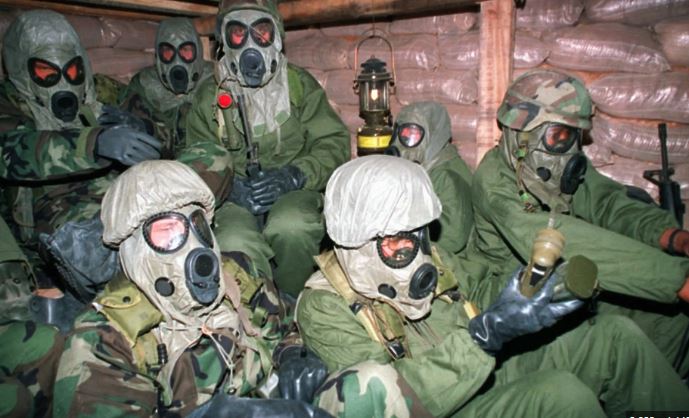Organic reaction mechanisms provide a detailed understanding of how chemical reactions occur in organic chemistry. They describe the step-by-step sequence of events at the molecular level, showing how reactants transform into products. Here’s an overview of key concepts and types of organic reaction mechanisms.

Organic Reaction Mechanisms Explained
Nucleophilic Substitution Reactions
SN1 Mechanism
The SN1 (Substitution Nucleophilic Unimolecular) mechanism involves a two-step process. First, the substrate (often a tertiary alkyl halide) undergoes ionization to form a carbocation intermediate. Second, a nucleophile attacks the carbocation, leading to the formation of the product. The rate of the reaction depends only on the concentration of the substrate.
SN2 Mechanism
The SN2 (Substitution Nucleophilic Bimolecular) mechanism is a one-step process where the nucleophile attacks the substrate simultaneously as the leaving group departs. This mechanism involves a single transition state and the rate of the reaction depends on the concentration of both the substrate and the nucleophile. The reaction typically occurs with primary or secondary alkyl halides.
Elimination Reactions
E1 Mechanism
The E1 (Elimination Unimolecular) mechanism involves a two-step process where the substrate first forms a carbocation intermediate after the leaving group departs. In the second step, a base removes a proton from a β-carbon, resulting in the formation of an alkene. The rate of the reaction depends on the concentration of the substrate only.
E2 Mechanism
The E2 (Elimination Bimolecular) mechanism is a one-step process where the base removes a proton from a β-carbon while the leaving group departs simultaneously. This concerted mechanism involves a single transition state. The rate of the reaction depends on the concentration of both the substrate and the base.
Addition Reactions
Electrophilic Addition
Electrophilic addition involves the addition of an electrophile to a nucleophilic site in an organic molecule, typically an alkene or alkyne. For example, in the addition of HBr to an alkene, the alkene reacts with HBr to form a bromoalkane. The mechanism often involves the formation of a carbocation intermediate.
Nucleophilic Addition
Nucleophilic addition reactions occur when a nucleophile attacks an electrophilic carbonyl group, as seen in reactions with aldehydes and ketones. For instance, the addition of a nucleophile like hydride (from LiAlH4) to a carbonyl group results in the formation of alcohols.
Rearrangement Reactions
Carbocation Rearrangement
In some reactions, carbocations can undergo rearrangement to form more stable carbocations. For example, in the case of the hydrolysis of a tertiary alkyl halide, a carbocation intermediate may rearrange from a less stable secondary carbocation to a more stable tertiary carbocation before reacting with water.
Redox Reactions
Oxidation
Oxidation involves the loss of electrons or an increase in the oxidation state of a molecule. For example, the oxidation of alcohols to aldehydes or ketones involves the removal of hydrogen atoms or the addition of oxygen.
Reduction
Reduction involves the gain of electrons or a decrease in the oxidation state of a molecule. An example is the reduction of aldehydes to primary alcohols using reducing agents like sodium borohydride (NaBH4) or lithium aluminum hydride (LiAlH4).
Mechanistic Concepts
Reaction Intermediates
Understanding reaction intermediates, such as carbocations, radicals, or carbanions, is crucial for elucidating the reaction pathway. These species are formed during the reaction and can provide insights into the reaction mechanism.
Transition States
Transition states are high-energy states during a reaction where bonds are partially broken and formed. Studying transition states helps in understanding the energy barriers and reaction rates.
Conclusion
Organic reaction mechanisms offer a comprehensive view of how organic reactions proceed. By exploring nucleophilic substitution, elimination, addition, rearrangement, and redox reactions, along with concepts like reaction intermediates and transition states, chemists can predict reaction outcomes, design new reactions, and understand reaction kinetics. This knowledge is essential for advancing organic synthesis and developing new chemical processes.




